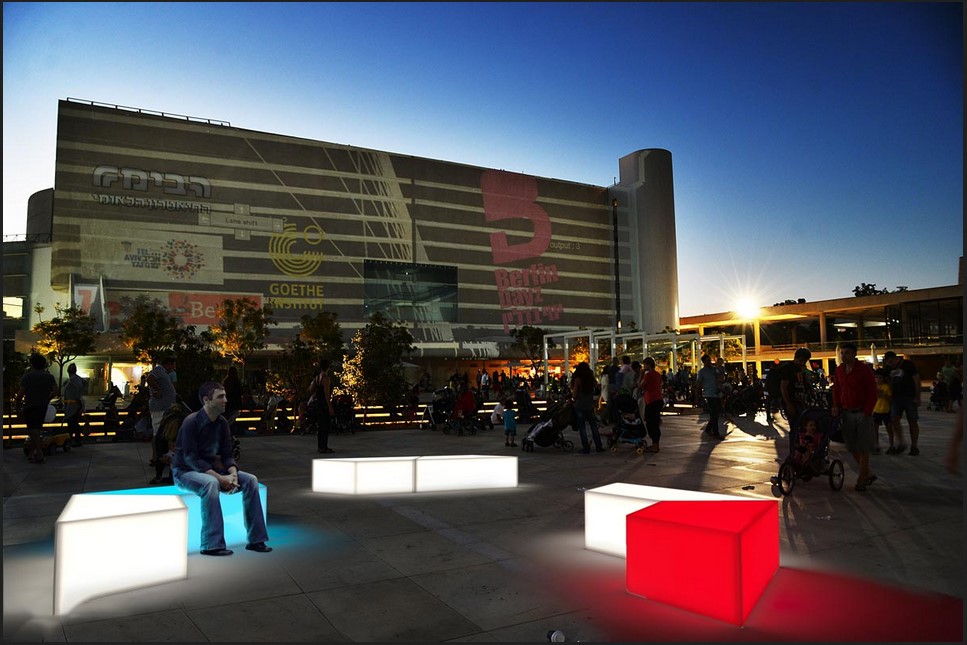Illuminating Spaces is a comprehensive guide to creative lighting design. It provides readers with the knowledge and tools to create beautiful, functional, and energy-efficient lighting solutions for any space. From residential to commercial, from traditional to modern, this book covers all aspects of lighting design, from the basics of lighting theory to the latest trends in lighting technology. With detailed illustrations and step-by-step instructions, Illuminating Spaces is an invaluable resource for anyone looking to create a unique and inviting atmosphere with lighting.
Exploring the Benefits of Creative Lighting Design: How to Use Light to Enhance Your Space
Lighting design is an important part of any interior design project. Creative lighting design can be used to enhance the look and feel of a space, creating a unique atmosphere and setting the mood. By understanding the basics of lighting design and how to use light to your advantage, you can create a space that is both aesthetically pleasing and functional.
The first step in creating a successful lighting design is to understand the different types of lighting available. Ambient lighting is the most common type of lighting and is used to provide general illumination throughout a space. Task lighting is used to provide focused light for specific activities, such as reading or cooking. Accent lighting is used to highlight certain features of a space, such as artwork or architectural details. Finally, decorative lighting is used to create a certain atmosphere or mood.
Once you have an understanding of the different types of lighting, you can begin to explore the various ways to use light to enhance your space. Layering different types of lighting can create a dynamic and interesting atmosphere. For example, you can use ambient lighting to provide general illumination, task lighting to provide focused light for specific activities, and accent lighting to highlight certain features. You can also use decorative lighting to create a certain atmosphere or mood.
When selecting lighting fixtures, it is important to consider the size, shape, and style of the fixtures. The size and shape of the fixtures should be in proportion to the size of the space. The style of the fixtures should complement the overall design of the space. Additionally, you should consider the color temperature of the light. Warmer colors, such as yellow and orange, create a cozy atmosphere, while cooler colors, such as blue and white, create a more modern feel.
Finally, you should consider the placement of the lighting fixtures. The placement of the fixtures should be based on the purpose of the lighting. For example, task lighting should be placed near the areas where it will be used, such as a desk or kitchen counter. Accent lighting should be placed near the features that you want to highlight, such as artwork or architectural details.
By understanding the basics of lighting design and how to use light to your advantage, you can create a space that is both aesthetically pleasing and functional. With careful consideration of the types of lighting, the fixtures, and the placement of the fixtures, you can create a unique atmosphere and set the mood in your space.
Illuminating Spaces: A Guide to Choosing the Right Lighting Fixtures for Your Home or Office
Lighting is an essential element of any home or office space. It can set the mood, create a sense of ambiance, and even improve productivity. Choosing the right lighting fixtures for your space can be a daunting task, but with the right information, you can make the best decision for your needs.
When selecting lighting fixtures, it is important to consider the size and shape of the space, the type of lighting you want, and the overall aesthetic you are trying to achieve. For larger spaces, such as a living room or office, you may want to consider using multiple lighting sources, such as a combination of overhead lighting, wall sconces, and table lamps. This will allow you to create different lighting levels and moods throughout the space.
When it comes to the type of lighting, there are several options to choose from. Incandescent bulbs are the most common type of lighting and provide a warm, inviting light. LED bulbs are becoming increasingly popular due to their energy efficiency and long lifespan. Fluorescent bulbs are also energy efficient and provide a bright, white light.
When selecting the fixtures themselves, it is important to consider the style and material of the fixture. For a modern look, consider fixtures made of metal or glass. For a more traditional look, consider fixtures made of wood or ceramic. It is also important to consider the size of the fixture and how it will fit in the space.
Finally, it is important to consider the overall aesthetic of the space. Consider the color scheme, furniture, and other elements in the room to ensure that the lighting fixtures complement the overall look.
By considering these factors, you can make an informed decision when selecting the right lighting fixtures for your home or office. With the right lighting, you can create a space that is both inviting and functional.
Conclusion
Illuminating Spaces: Shedding Light on Creative Lighting Design is an invaluable resource for anyone interested in learning more about the art of lighting design. It provides a comprehensive overview of the history, principles, and techniques of lighting design, as well as a wealth of practical advice and tips for creating beautiful and effective lighting designs. With its clear and concise explanations, this book is an essential guide for anyone looking to create stunning lighting designs.
